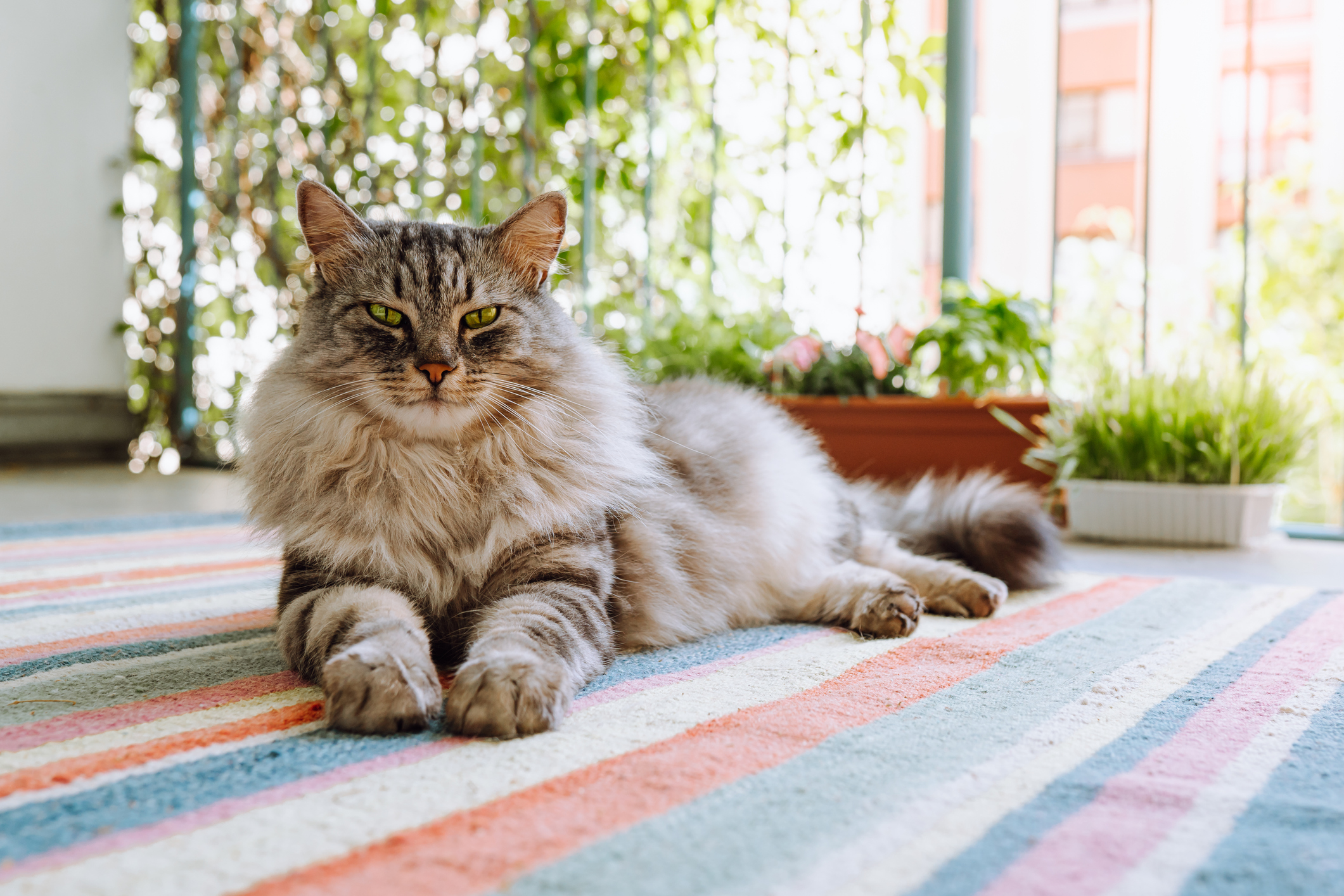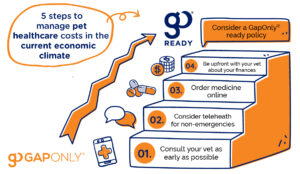Felines in pain may experience physical and emotional suffering, making it vital for pet parents to seek veterinary care to identify and address the source of pain as soon as possible.
In this article, we cover the common signs and causes of pain in cats and share tips for managing feline pain.
Suffering in silence
In nature, displaying signs of weakness means a cat can quickly become someone’s prey so domestic cats have retained the instinct to disguise their pain. Instead of announcing they are in pain, cats may attempt to mask their pain which makes it hard to know they are in distress.
In most cases, something you would fine pain would also be painful for your fur baby. So, if you notice an evident sign of disease or injury, such as a wound, signs of vomiting or nausea or limping, this could be a tell-tale sign that your cat is in discomfort, just as you would be if you experienced similar symptoms.
Common signs of feline pain
Cats typically show more subtle signs of discomfort, with some common signs including:
- Changes in grooming behaviour
- Changes in facial expression, or whisker position
- Appetite changes
- Aggression, irritability and/or reluctance to be handled
- Lethargy
- Changes in mobility
- Vocalisations such as excessive meowing or growling when handled
- Changes in litter tray behaviour
Common sources of feline pain
Knowing the sources of feline pain is important for both prevention and treatment. Below are some common causes of pain in cats:
- Dental issues like gingivitis or gum disease can cause pain in cats. As cats have small mouths, they may not let you easily check their teeth and gums, so you may not immediately notice dental disease in cats.
- Cats can develop arthritis, which is characterised by inflammation and pain in the joints. This condition can severely impact their mobility and overall quality of life.
- Accidents, falls, or physical injuries can cause acute pain for cats.
- Urinary tract diseases can cause pain through bladder wall inflammation, leading to symptoms such as straining to urinate, frequent urination or blood in the urine.
- After any surgical procedure, including desexing, cats may experience post-operative pain. In most cases the veterinarian will have prescribed or administered pain relief medication, but like humans, cats may experience pain differently and respond to medications differently.
- Conditions like cancer, kidney disease, and pancreatitis can cause chronic pain in cats, making it essential to address both the underlying disease and the pain it generates.
If you suspect your cat is experiencing any of these causes of pain, reach out to your vet straight away and stay on top of your regular check-ups at your local vet clinic.
Managing pain in our feline friends
It can be challenging to give medication to cats, as many often reject medication or are too clever to be fooled by your attempt to hide medication in food. However, there are more pain-relief options available now such as flavoured medications, transdermal gels, injections and even compounded medications that can be tailor-made for the individual cat.
It’s also important to understand and treat the underlying cause of pain. This is why it is vital to consult with your veterinarian before giving your cat any medication and to follow your veterinarian’s instructions on dose rates, frequency, and whether your cat should eat or drink before receiving the medication.
It’s important to recognise the subtle signs and causes of pain in cats can help us better understand our feline friends, and help manage their discomfort. Staying on top of regular vet check-ups, keeping an eye out for any behavioural changes and seeking veterinary attention when needed are important steps you can take to help your cat live a happy and comfortable life.
References
Acute pain in cats: Recent advances in clinical assessment
The lack of analgesic use (oligoanalgesia) in small animal practice
Turner, Dennis C (Ed), Bateson P. P. G (Ed), 2017, The domestic cat: the biology of its behaviour,Third Edition, Cambridge University Press.
Multimodal analgesia for perioperative pain in three cats
Facial expressions of pain in cats: the development and validation of a Feline Grimace Scale
Acute pain in cats: Recent advances in clinical assessment
Long-term pain in cats: how much do we know about this important welfare issue?
Facial expressions of pain in cats: the development and validation of a Feline Grimace Scale (supplementary material)
Facial expressions of pain in cats: the development and validation of a Feline Grimace Scale








